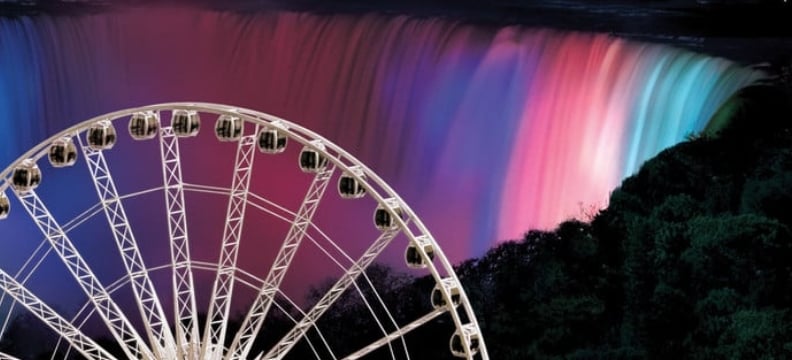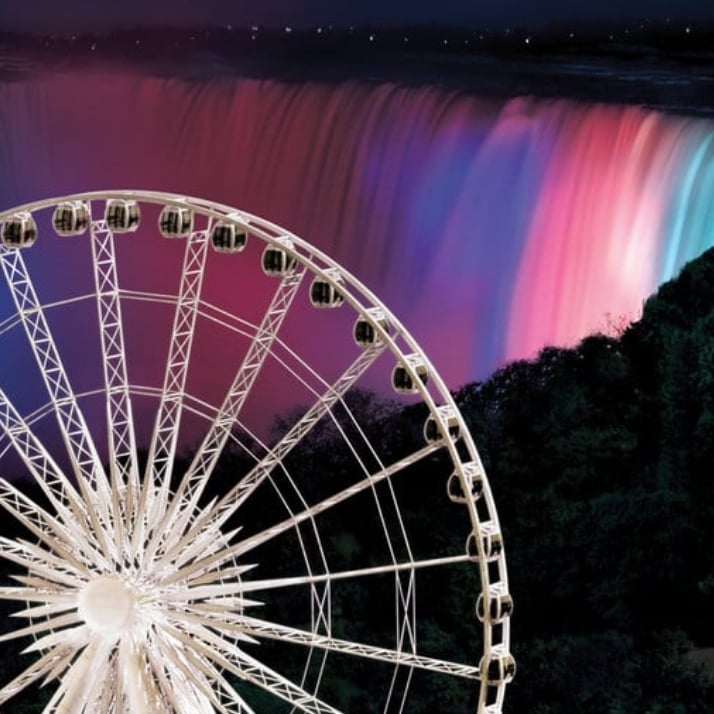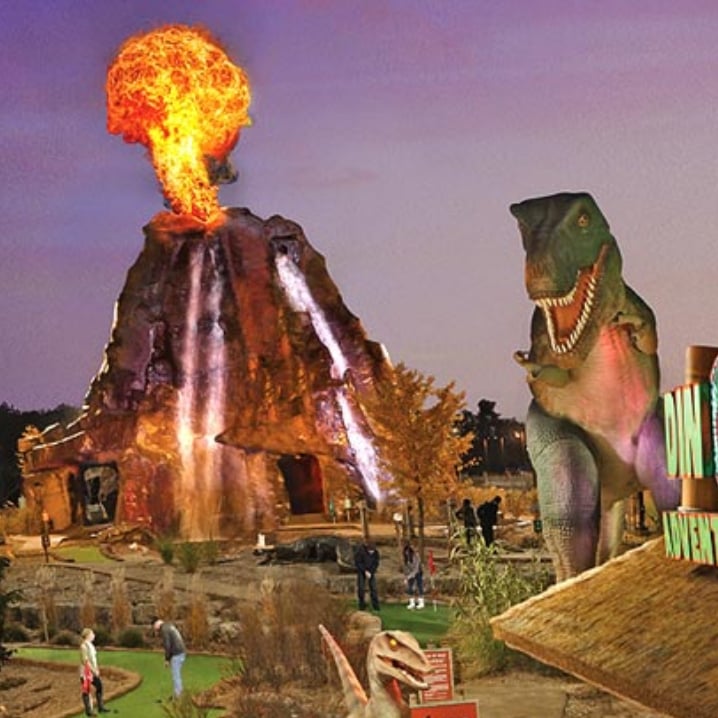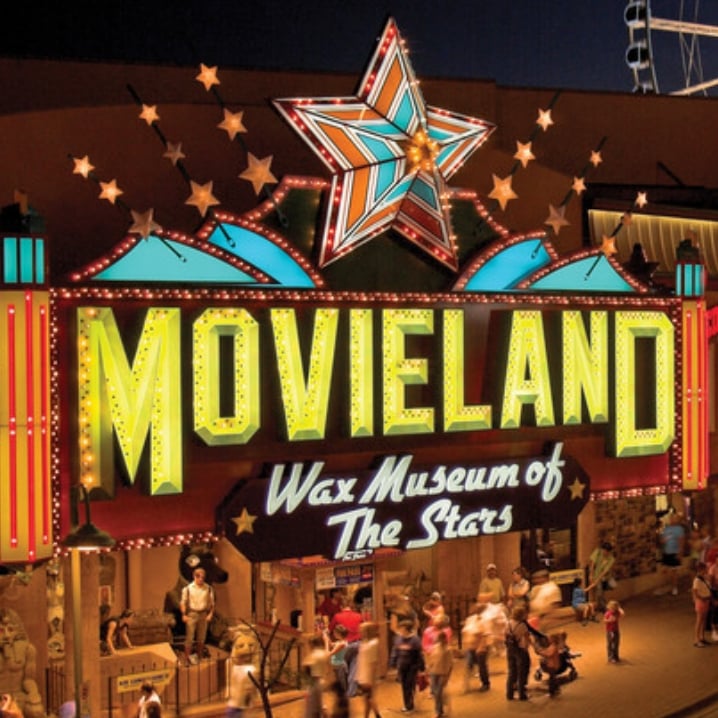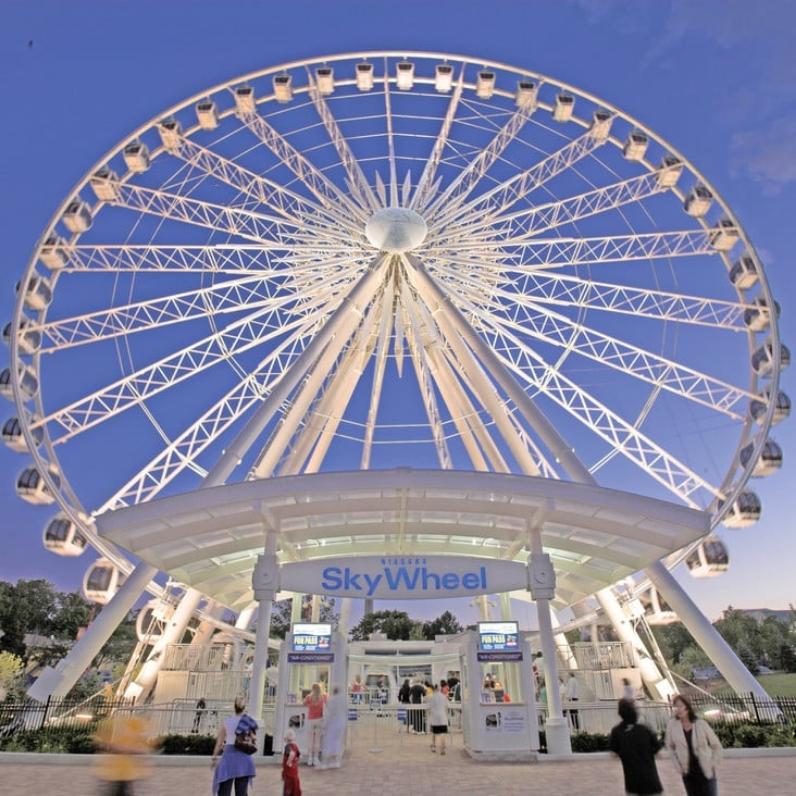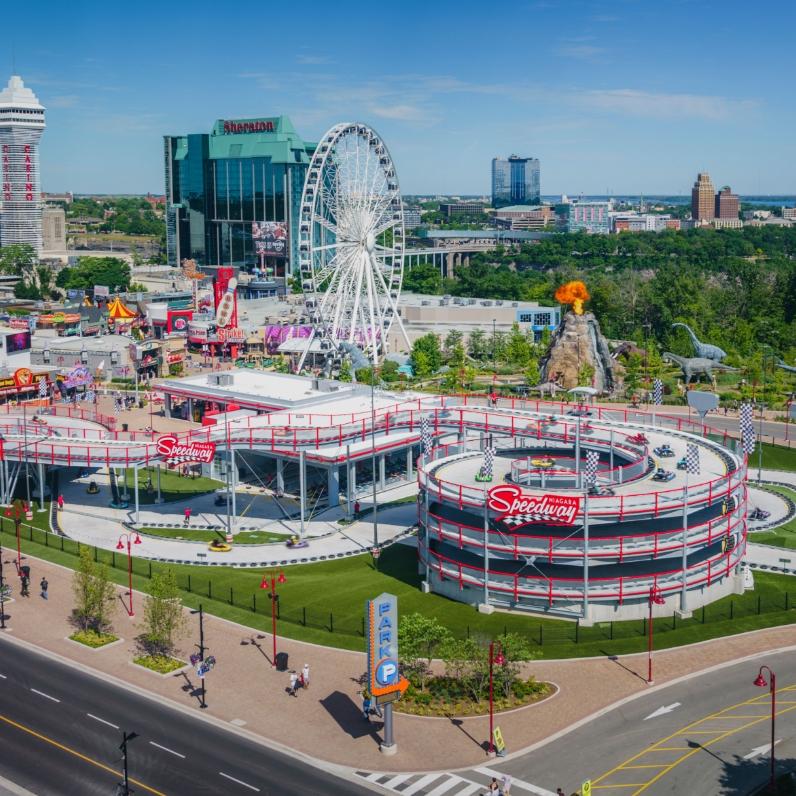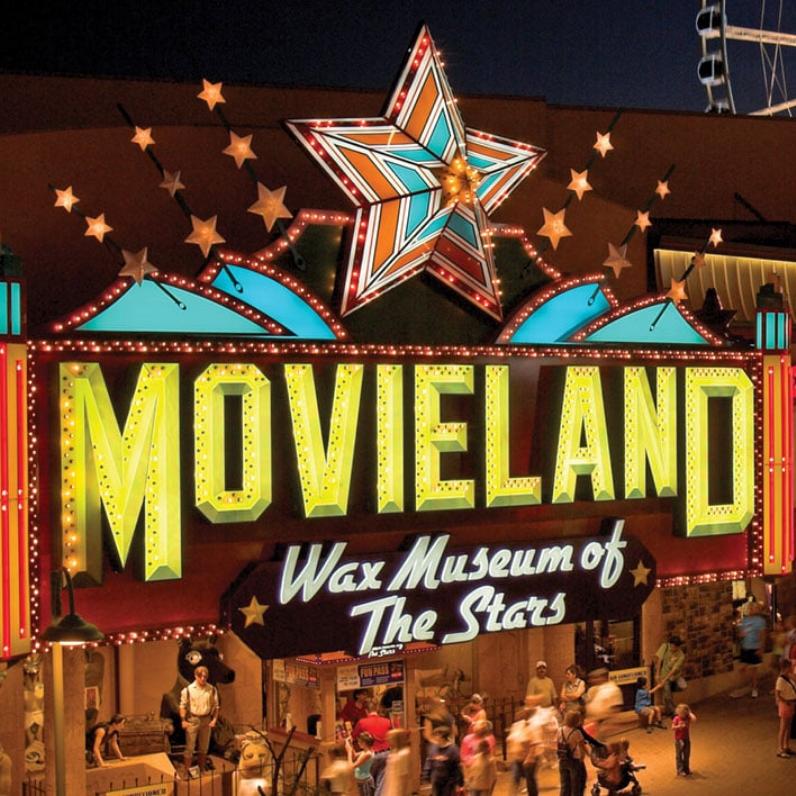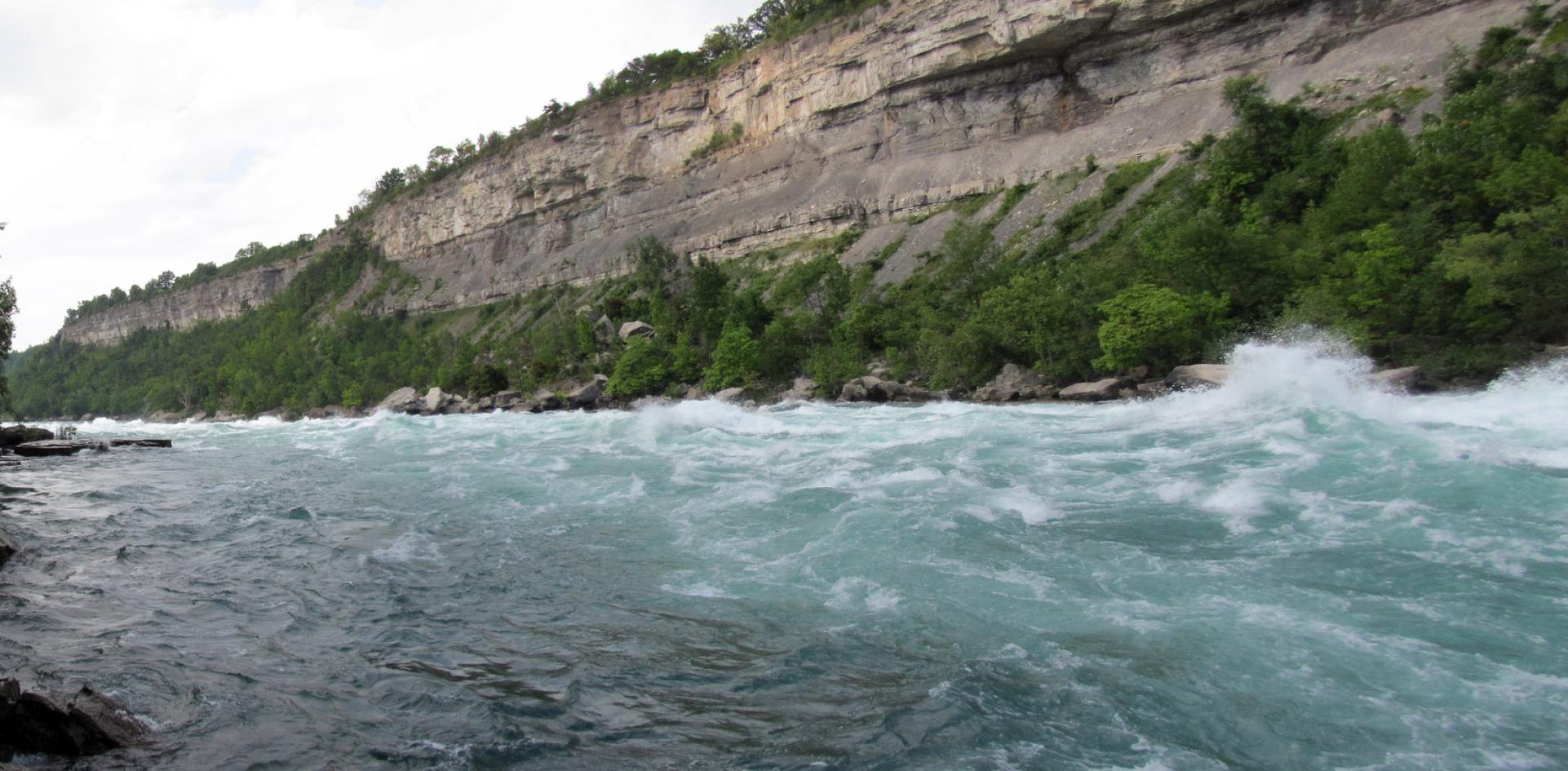
White Water Walk
One of Niagara’s treasures, the White Water Walk is a boardwalk situated on the very edge of Niagara’s whitewater.
The Whirlpool was estimated to have been formed approximately 4,200 years ago by the upstream erosion of the Niagara Escarpment by the Niagara River. Trillions of gallons of water pours through the narrow gorge and creates a fury of ferocious Class 6 Whirlpool Rapids. The water that travels through the rapids here clock in at 48 km/hr!
The White Water Walk takes you down in an elevator 70 metres, through a tunnel, and then out onto the boardwalk. The boardwalk runs for 1000 feet and contains stairs and two areas to witness the rapids at full speed at the very edge of the river.
This attraction is wheelchair accessible.
White Water Walk Commemorative Panel Honouring Harriet Tubman’s Historic Crossing into Canada
The Niagara Parks Commission has commemorative panels honouring Harriet Tubman's life and her historic passage of the Niagara River in 1856, which led to the arrival of freedom seekers in Canada. At the White Water Walk and Whirlpool Bridge’s entry, look for the sequence of plaques.
From her beginnings as a child slave in Maryland through her escape to freedom and subsequent role as the most famous conductor of the Underground Railroad, Harriet Tubman's biography is chronicled in the Interpretive Panels. When the United States passed the Fugitive Slave Act in 1850, it resulted in the arrest and kidnapping of freedom seekers and free blacks living in the free Northern States. Harriet Tubman's Underground Railroad route was extended into Canada, and she established a base of operations in neighbouring St. Catharines, Canada West, as a result of the enactment of this legislation (present day Ontario).
